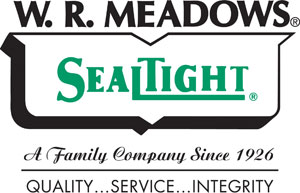1:20 pm - 2:30 pm | Room: Sinatra | Session Chair: Rachel Smith
The thermal performance of building envelopes are critical in achieving compliance with energy and building codes outlined in both the National Energy Code of Canada for Buildings (NECB) and the National Building Code of Canada (NBC). As fenestrations contribute a large component of the energy loss through building envelopes, finding ways to improve glazing performance is becoming increasingly important, especially when considering the Canadian government’s intent to attain net-zero greenhouse gas emissions by 2050.
Currently double and triple pane windows are being used to reduce the amount of energy lost through windows, however the insulating capacity of these products is reaching a point of diminishing returns, despite the demand for higher insulating levels. Additional drawbacks to currently available double and triple glazing are the overall thickness of the units, potential for optical distortion through the layers and overall unit weight. Vacuum insulation glazing (VIG), is a technology that has the potential to achieve U-factors of less than 1.0 W m-2 K-1, with thinner and lighter profiles than that of currently available glazing units.
VIG systems typically consists of a two sheets of glass spaced a short distance apart by a number of tinny support pillars. A vacuum is drawn within the gap and held in place by a hermetic edge seal along the perimeter of the VIG unit. The vacuum within the space eliminates convection as a means of heat transfer through the unit, leaving conduction through the support pillars and edge seal along with radiation through the unit as the sources of energy loss.
Tempered glass is being used to reduce conductive losses through the glazing by decreasing the amount of support area needed, and low emissive coatings can reduced losses due to radiation. As designers seek to achieve VIG U-factors of less than 1.0 W m-2 K-1, new materials such as low temperature edge seals and low emissivity coatings are now being developed. As well, adapted manufacturing processes such as low temperature baking and edge sealing processes are emerging to allow for the use of both tempered glass and low emittance coating in a VIG unit. The objective of this paper is to provide a comprehensive summary of the new materials and manufacturing processes being used and developed to decrease the thermal transmittance of vacuum insulated glazing.

M.A.Sc, Research Officer NRC (2020-Present)
Alex’s work has been focused on identifying and quantifying the cooling capacity of possible mitigation strategies to combat the effects of Urban Heat Island in Canada, with a recent publication in MDPI Buildings Journal. His day to day work includes investigating the steady state effects of thermal bridges, identifying potential risks associated with simplifications made in thermal performance simulations as well as running simulations to determine the thermal transmittance of unique wall assemblies. Alex has a Master’s degree in mechanical engineering from Carleton University where he conducted an investigation into the service life for vacuum insulation panels using accelerated ageing as well as designing, building and calibrating a guarded hot plate apparatus for analysing the thermal conductance of building materials.
Expertise – Urban heat island, nature based solutions, heat transfer, linear thermal transmittance, vacuum insulation glazing, vacuum insulated panels, Mechanical engineering
Diamond Sponsor

Emerald Sponsor

Emerald Sponsor
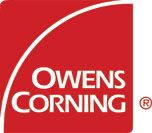
Emerald Sponsor

Emerald Sponsor
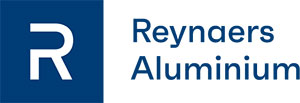
Emerald Sponsor

Gold Sponsor

Associate Sponsor

Silver Sponsor

Silver Sponsor
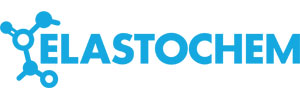
Silver Sponsor

Silver Sponsor

Bronze Sponsor

Bronze Sponsor

Bronze Sponsor
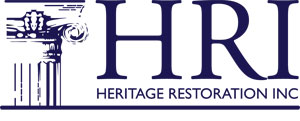
Bronze Sponsor

Bronze Sponsor
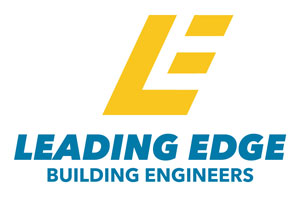
Bronze Sponsor
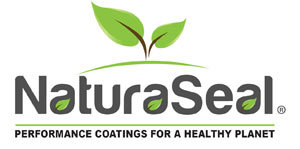
Bronze Sponsor

Bronze Sponsor
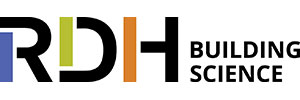
Bronze Sponsor
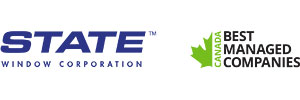
Bronze Sponsor
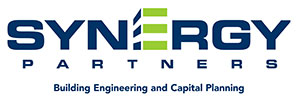
Bronze Sponsor

Bronze Sponsor

Bronze Sponsor
